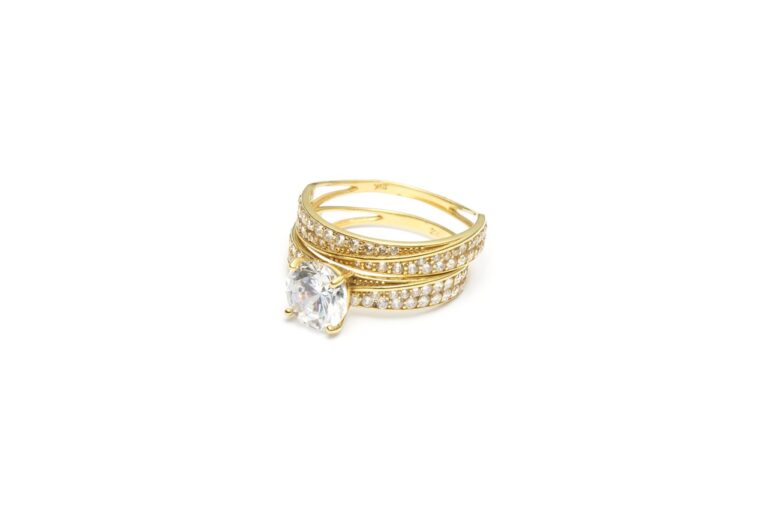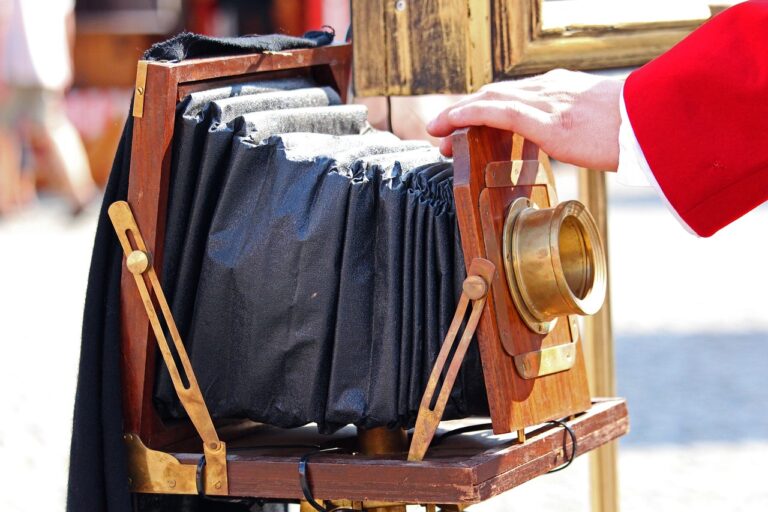Fashion and Activism: Using Clothing as a Platform for Social Change
Fashion has long been regarded as a reflection of society, with designers often using their platforms to address pressing social issues. Through unique and innovative designs, fashion has the power to provoke thought, spark conversations, and challenge societal norms. This intersection of fashion and social issues creates a powerful medium for advocating for change and amplifying important messages that impact communities around the world.
From the use of slogans on t-shirts to runway shows centered around diversity and inclusion, the fashion industry has a history of embracing social causes and promoting awareness. By collaborating with nonprofits, supporting sustainable practices, and championing marginalized voices, fashion brands have the opportunity to leverage their influence to drive meaningful change. As consumers become increasingly conscious of the social impact of their purchases, the relationship between fashion and social issues continues to evolve, reshaping the industry’s role in shaping cultural narratives and fostering activism.
Historical Examples of Fashion Activism
The suffragettes of the early 20th century utilized fashion as a powerful tool for their activism. Women fighting for the right to vote adorned themselves in white ensembles to symbolize purity and virtue, challenging societal norms and sparking conversations about gender equality.
During the Civil Rights Movement in the 1960s, African American activists embraced fashion as a form of resistance. By donning dashikis, afros, and colorful patterns, they reclaimed their cultural identity and promoted unity within their community. These bold sartorial choices not only made a powerful statement but also helped to empower individuals in the fight against racial discrimination.
Modern Day Activist Brands
In today’s society, numerous fashion brands are using their platforms to advocate for important social causes. From promoting sustainability and ethical labor practices to championing diversity and inclusion, these brands are embracing the role of activist in the fashion world. Through their collections, campaigns, and partnerships, they are making a conscious effort to drive positive change and raise awareness on pressing issues.
One notable example is a brand that focuses on eco-friendly practices by using sustainable materials and reducing its carbon footprint. Another brand takes a stand against discrimination by celebrating diverse beauty and featuring models of various backgrounds in their marketing campaigns. By aligning their values with their business practices, these activist brands are paving the way for a more socially responsible fashion industry.
What is the intersection of fashion and social issues?
The intersection of fashion and social issues refers to the way in which clothing and style choices can be used as a form of activism or expression of support for various causes and movements.
Can you provide examples of historical fashion activism?
Yes, historical examples of fashion activism include the Suffragettes wearing white to symbolize purity and the fight for women’s right to vote, as well as the Black Panthers wearing black leather jackets as a symbol of strength and solidarity.
What are some modern day activist brands?
Modern day activist brands include companies like Patagonia, which promotes environmental conservation and sustainability, and TOMS, which donates a pair of shoes to a child in need for every pair purchased. These brands use their platform to raise awareness and support for various social issues.







